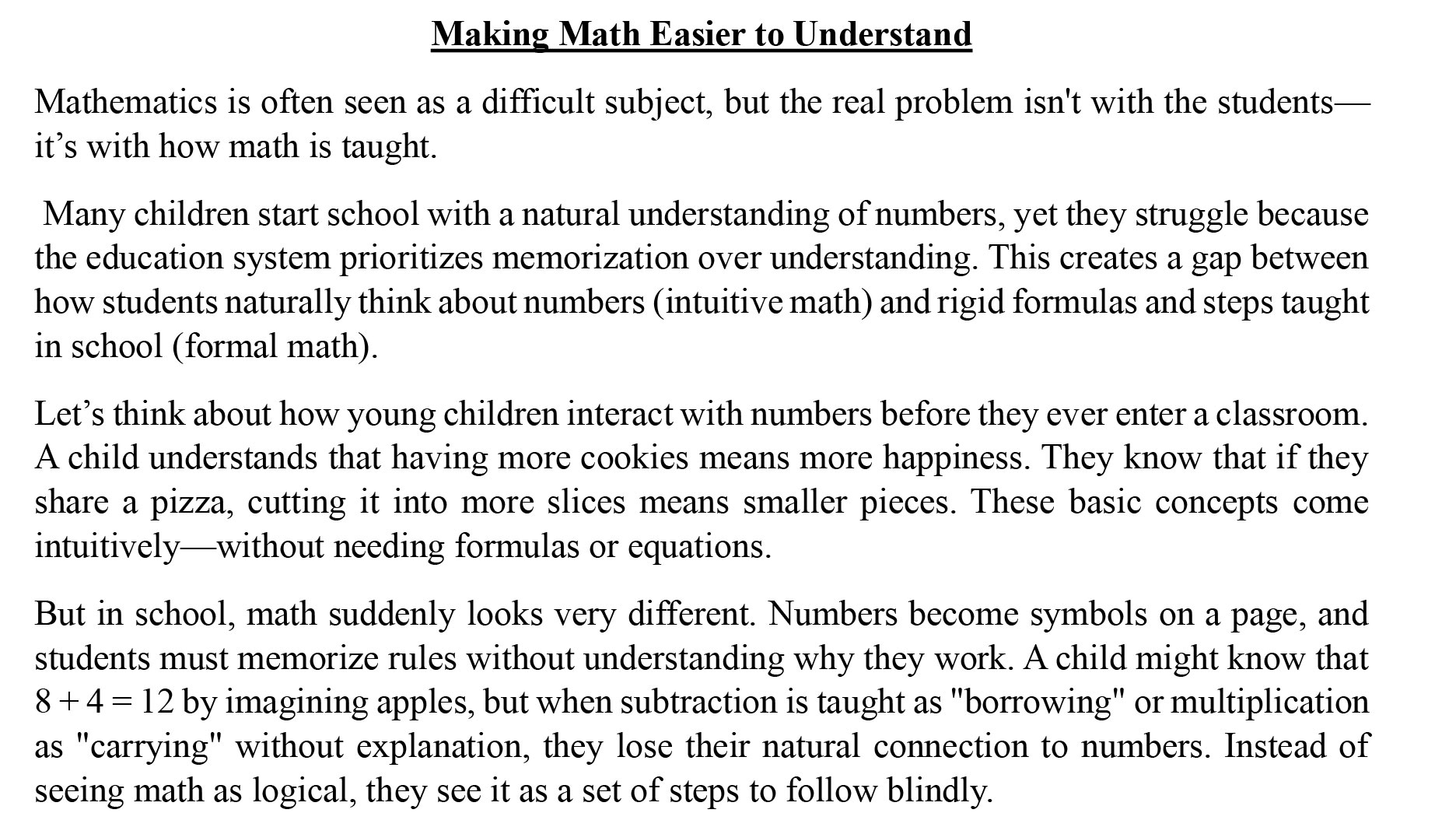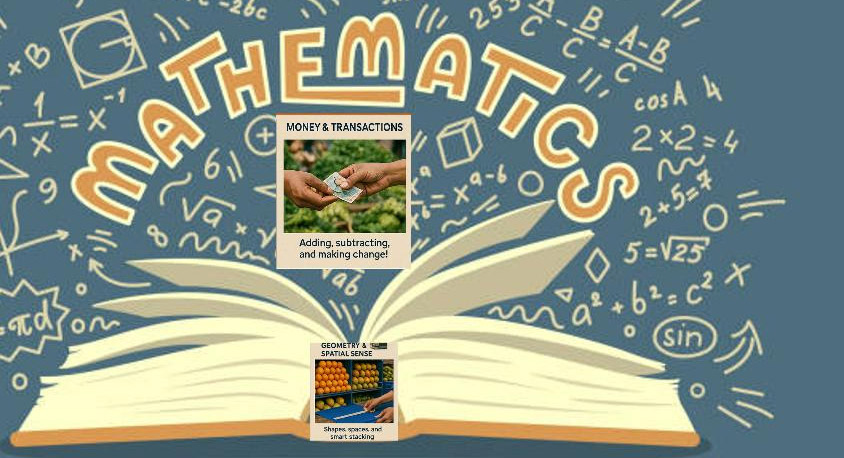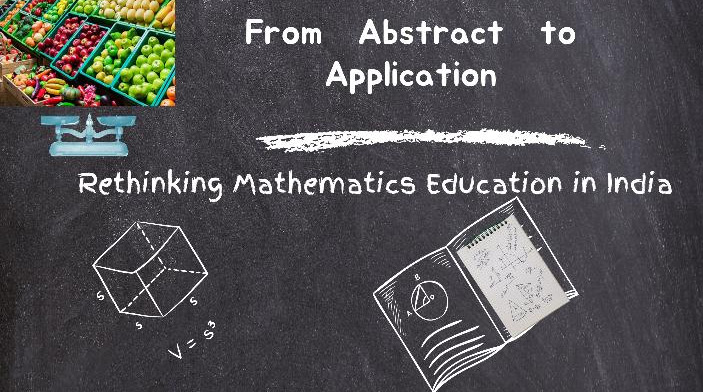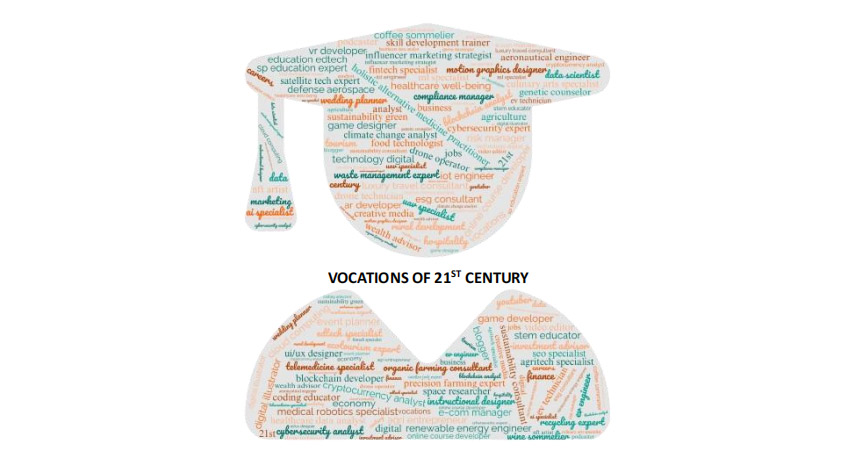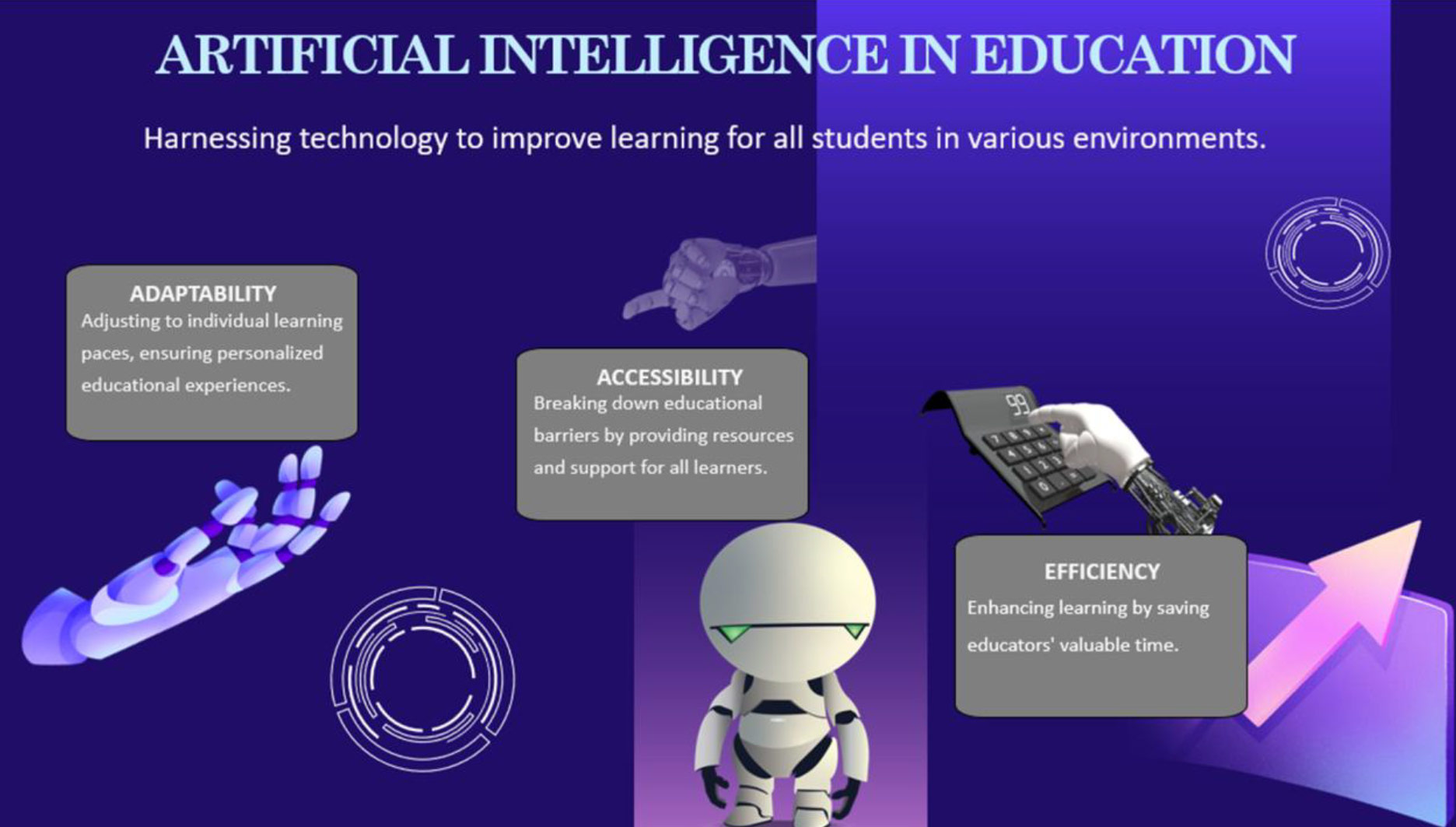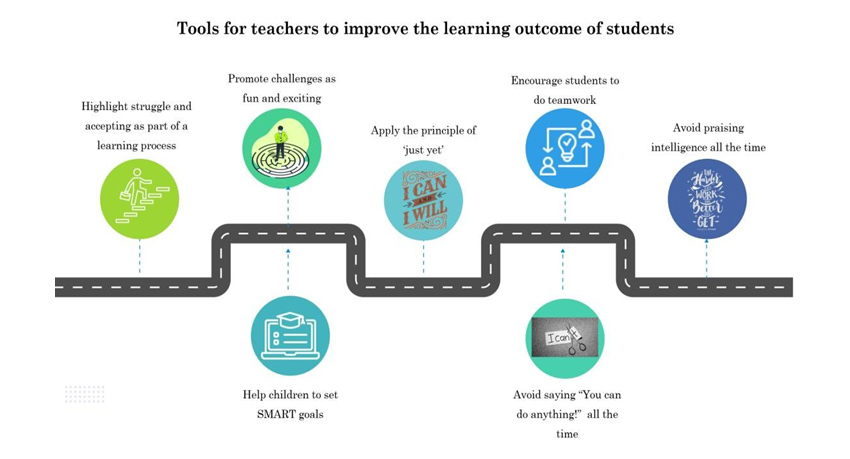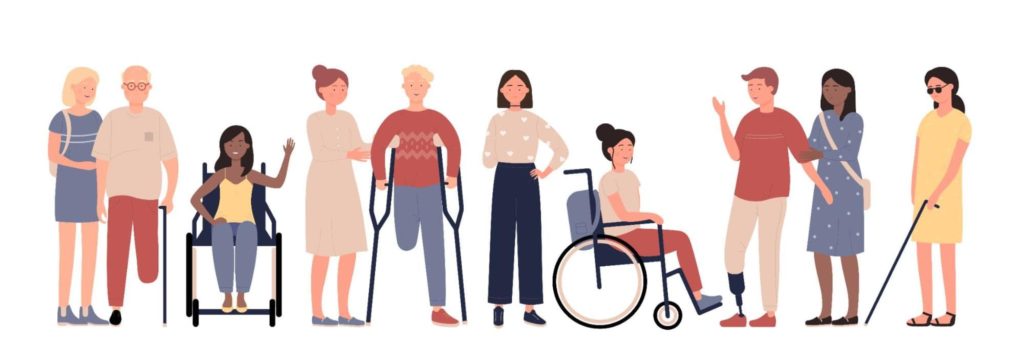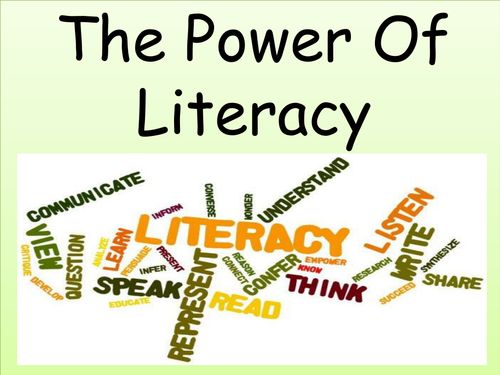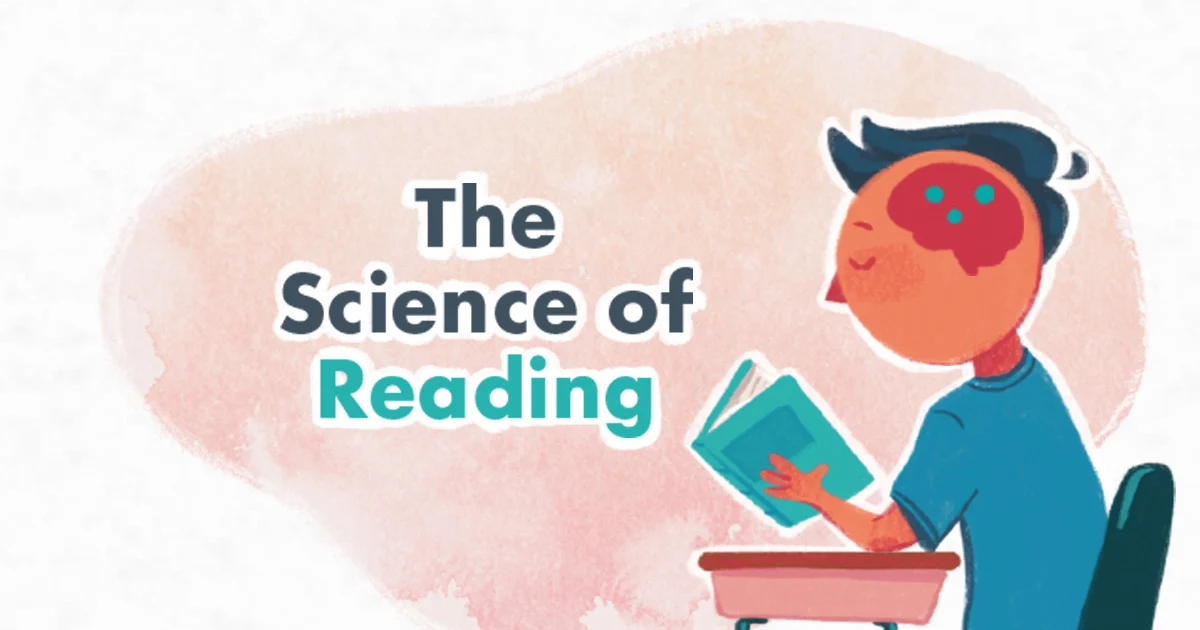Making Math Easier to Understand
Mathematics is often seen as a difficult subject, but the real problem isn't with the students— it’s with how math is taught.
Many children start school with a natural understanding of numbers, yet they struggle because the education system prioritizes memorization over understanding. This creates a gap between how students naturally think about numbers (intuitive math) and rigid formulas and steps taught in school (formal math).
Let’s think about how young children interact with numbers before they ever enter a classroom. A child understands that having more cookies means more happiness. They know that if they share a pizza, cutting it into more slices means smaller pieces. These basic concepts come intuitively—without needing formulas or equations.
But in school, math suddenly looks very different. Numbers become symbols on a page, and students must memorize rules without understanding why they work. A child might know that 8 + 4 = 12 by imagining apples, but when subtraction is taught as "borrowing" or multiplication as "carrying" without explanation, they lose their natural connection to numbers. Instead of seeing math as logical, they see it as a set of steps to follow blindly.
This approach leads to confusion (students don't understand why they apply certain formulas), frustration (math feels foreign and difficult), and math anxiety (fear of mistakes prevents engagement). Even students who perform well often rely on memorization rather than true understanding, which causes problems when they face more complex topics.
How We Can Fix It? If we want students to truly understand and enjoy math, we need to bridge the gap between intuitive and formal mathematics. This requires changes in how we teach.
Use Real-World Examples – If students see math in action, it no longer feels abstract. They recognize its value and purpose, making learning more engaging.
Encourage Exploration and Pattern Discovery – Let students find patterns and formulas instead of just memorizing them.
Allow Flexible Problem-Solving – One of the biggest flaws in math education is insisting on a single correct method. Different students think in different ways, and there are often multiple valid approaches. For example, take 36 × 25:
- One student might break it into (36 × 10) + (36 × 10) + (36 × 5).
- Another might see it as (36 × 100) ÷ 4.
- A visual learner might draw a grid diagram.
- Encouraging different methods helps students build confidence and creativity in problem-solving.
Reduce Math Anxiety – Many students fear math because they are afraid of making mistakes. Instead of treating mistakes as failures, we should normalize them as part of learning.
Give Teachers More Freedom – If teachers can adjust lessons to focus on understanding rather than just preparing for exams, students will grasp concepts more effectively.
Challenges and Solutions
While these changes would greatly improve math education, there are challenges we must overcome:
Standardized Testing Pressure – Many schools focus on test scores, forcing teachers to prioritize memorization. We need to advocate for assessments that test real problem-solving skills rather than rote learning.
Teacher Training – Not all teachers are trained in inquiry-based methods. We will need to provide professional development programs focused on conceptual teaching strategies.
Parental Expectations –There are chances that parents who learned math in a rigid, formula based way may resist new approaches. We may need to educate parents about the benefits of conceptual learning over memorization.
At the same time, we as educators must understand that Math is a skill which needs to be learned, just like reading or writing. While some people may have a natural inclination towards mathematical thinking, everyone can develop math skills with the right approach.
Howard Gardner’s Theory of Multiple Intelligences suggests that children learn in different ways. According to Gardner, there are eight types of intelligence, and each child may excel in different areas:
- 1.Logical-Mathematical Intelligence – Strong ability in reasoning, pattern recognition, and problem-solving. These learners naturally excel in math and logic-based subjects.
- 2.Linguistic Intelligence – Strong with words and language. These students learn math better through storytelling, word problems, or written explanations.
- 3.Spatial Intelligence – Good at visualizing and understanding spatial relationships. These learners benefit from diagrams, graphs, and visual aids in math.
- 4.Bodily-Kinesthetic Intelligence – Learn through movement and hands-on activities. Using physical objects (like counting blocks or interactive activities) helps these learners grasp math concepts.
- 5.Musical Intelligence – Understands patterns and rhythms well. These learners might benefit from math concepts taught with rhythm, songs, or patterns.
- 6.Interpersonal Intelligence – Learn best through interaction with others. Group work, discussions, and collaborative problem-solving make math more engaging for them.
- 7.Intrapersonal Intelligence – Prefer self-reflection and independent study. These students learn math best when given time to explore concepts on their own.
- 8.Naturalistic Intelligence – Learn by connecting concepts to the natural world. Relating math to real-world examples, like patterns in nature, helps these learners understand it better.
9.By recognizing these different learning styles, teachers and parents can adapt math instruction to suit each child’s strengths, making math more accessible and enjoyable for all learners.

With 24 years of dedicated teaching experience in primary education, she serves as the Academic Coordinator of Raghubir Singh Junior Modern School. She is passionate about nurturing young minds to develop critical thinking skills and problem-solving abilities. Her core strengths lie in curriculum planning, staff coordination, and organizing engaging activities and events that enhance students' learning experiences.
Mrs. Nita Gupta, Academic Coordinator, RSJMS




